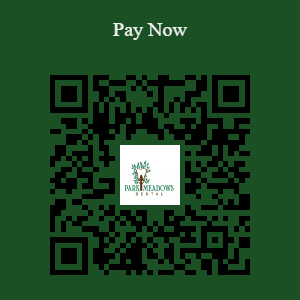- We Offer Instant Financing | Learn More
- Emergency Dental
- New Patients:
587-205-6093 - Current Patients:
403-527-9833 - Pay Now
Babies are busybodies – from the newborn stage to the infant and early toddlers years, children do a lot of growing. One of the important stages during this growth period is teeth and jaw development. If you’re a new parent, you’re likely wondering what to expect during this time and how you can best set your child up for a lifetime of excellent oral health. The most important thing is to take your child to see your local Medicine Hat family dentist at the first tooth eruption or by their first birthday. In the meantime, check out these 3 interesting facts that will help you understand your child’s oral development.
1. The first tooth usually erupts between 6 – 12 months of age
All babies are different, so if your child shows no signs of teething at 10 months but all of your nieces and nephews had teeth by month 6, it’s not a cause for concern or panic. Baby teeth are already hiding under the gums at birth, waiting to erupt. In fact, even identical twins won’t have the exact set of teeth because teeth are completely unique, just like our fingerprints.
Typically, the first teeth to erupt are the lower front teeth but, again, all babies are different. Check out Canadian Dental Association’s dental development chart for more information. Some common teething signs to look for are increased saliva, red or swollen gums, irritability, and your child chewing on their hands or toys for relief.
If your baby’s teething is causing a lot of discomfort, call or visit a walk-in dentist in Medicine Hat to get a recommendation for pain relief.
2. Babies have 20 teeth but we have up to 32 permanent teeth
Did you know that we get a few extra teeth when our permanent teeth begin to erupt? That’s right, you can expect your child to have about 20 teeth by the time they are 3 years old. After this, the first permanent molars come in when they’re about 6-7 years of age. By age 13, the permanent second molars erupt. The last to come in is wisdom teeth during the late teen or early adult years. Not all people have wisdom teeth, and many opt to remove them before they cause problems.
3. Brushing and dental visits should start at the first tooth
As we mentioned at the beginning of this article, the first dental visit should be scheduled after the first tooth erupts or by your child’s first birthday. Brushing should also start when the first tooth erupts. At this point, gently wiping your baby’s first teeth with a soft cloth and warm water is enough. As their teeth continue to come in, switch to a soft-bristled toothbrush with a smear of fluoride-free toothpaste about the size of a grain of rice. Gently brush teeth twice a day – the main priority here is to get your child started on a daily routine early so they understand that brushing every day is important and to get them comfortable visiting the dentist.
We recommend assisting your child in brushing their teeth until they are about 6 years of age or when he or she can write their name well. This is when you’ll know they can brush thoroughly.

Medically reviewed by Dr. Gurshant Grew - D.D.S. on August 5, 2021


